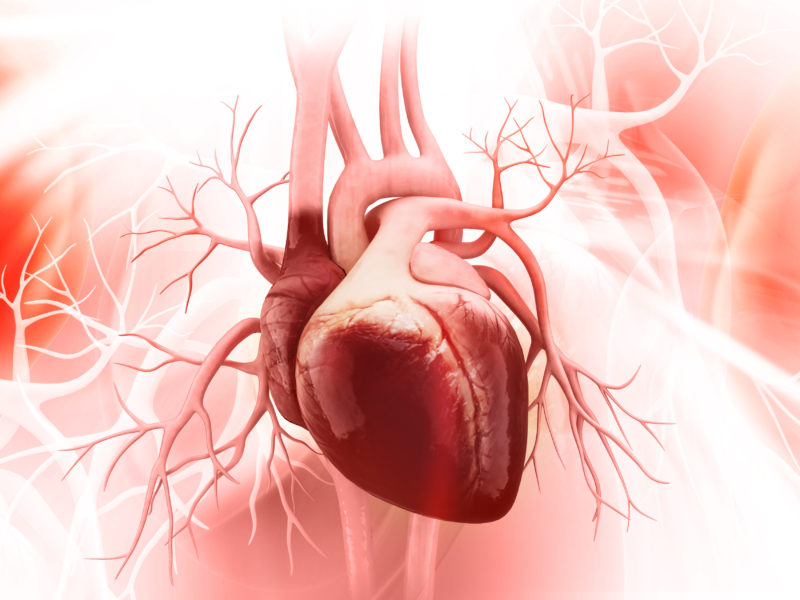Are Adolescents With Congenital Heart Disease Getting Enough Physically Activity?
Are Adolescents With Congenital Heart Disease Getting Enough Physically Activity? https://pediatricsnationwide.org/wp-content/uploads/2021/04/AdobeStock_27800430-1024x728.jpg 1024 728 Mary Bates, PhD Mary Bates, PhD https://secure.gravatar.com/avatar/c6233ca2b7754ab7c4c820e14eb518c8?s=96&d=mm&r=g- December 21, 2021
- Mary Bates, PhD

Study reports adolescents with congenital heart disease are less physically active than recommended, with gender playing a role.
In a new study, researchers at Nationwide Children’s described physical activity patterns among high school-age adolescents with congenital heart disease (CHD) in the United States. The results, including analyses of the effects of gender and behavioral elements, were published in the Journal of Pediatric Psychology.
The study is an analysis of the baseline assessment of the Congenital Heart Disease Physical Activity Lifestyle Study, a randomized clinical trial examining the preliminary efficacy of a physical activity lifestyle intervention among adolescents with CHD.
The participants wore a research-grade accelerometer to measure time spent in moderate to vigorous physical activity, underwent an exercise stress test, and completed a survey of the Theory of Planned Behavior elements, which offers a framework for predicting health behavior engagement. The Theory of Planned Behavior evaluates attitudes towards the behavior, perception of support by others for engaging in the behavior, and perceived ability to control one’s engagement in the behavior.
Overall, the researchers found that adolescents with CHD engaged in less physical activity, and were more sedentary, than is recommended for teenagers.
“On average, our CHD survivors engaged in about 22 minutes of moderate to vigorous physical activity per day,” says Jamie Jackson, PhD, a principal investigator in the Center for Behavioral Health at The Abigail Wexner Research Institute and The Heart Center at Nationwide Children’s, and the study’s lead author.
“Federal guidelines ask folks under the age of 18 to engage in 60 minutes, on average, per day. It’s striking because we had quite a few individuals who engaged in competitive sports, and all but two of those individuals were not averaging 60 minutes of moderate to vigorous physical activity a day.”
Dr. Jackson and her colleagues also saw that males engaged in more moderate to vigorous physical activity than females. On the Theory of Planned Behavior survey, females reported lower levels of self-efficacy for engaging in physical activity, as well as more barriers to being physically active, as compared to males.
“These findings suggest a one-size-fits-all intervention for males and females with CHD might not work,” says Dr. Jackson, who is also a research assistant professor of pediatrics at The Ohio State University College of Medicine. “If females are reporting lower levels of confidence and more barriers to engaging in physical activity, then interventions may have to target these elements for females differently than for males.”
Dr. Jackson says that their results for adolescents with CHD are lower than what is typically reported for high schoolers in the United States, with most individuals this age not getting the recommended amount of physical activity.
However, given that individuals with CHD can experience acquired cardiovascular comorbidities as they age, such as obesity, type II diabetes, and hypertension, interventions are needed to foster better engagement in positive health behaviors like physical activity.
“Adolescents with CHD are at greater risk factor for these acquired cardiovascular comorbidities as time goes on,” says Dr. Jackson. “Now, in addition to that, we are seeing that adolescents with CHD are as inactive as the rest of us.
“As a society as a whole, we need to be more physically active. And it’s even more important for this population.”
Reference:
Jackson JL, Fox KR, Swenski TN, Neville SP, Marousis NC, Korth CX, Rausch JR, Cua CL, Garg V, Vannatta K. Gender differences in physical activity engagement among adolescents with congenital heart disease. Journal of Pediatric Psychology, 2021;jsab114. doi: 10.1093/jpepsy/jsab114.
Photo credit: Adobe Stock
About the author
Mary a freelance science writer and blogger based in Boston. Her favorite topics include biology, psychology, neuroscience, ecology, and animal behavior. She has a BA in Biology-Psychology with a minor in English from Skidmore College in Saratoga Springs, NY, and a PhD from Brown University, where she researched bat echolocation and bullfrog chorusing.
-
Mary Bates, PhDhttps://pediatricsnationwide.org/author/mary-bates-phd/December 27, 2016
-
Mary Bates, PhDhttps://pediatricsnationwide.org/author/mary-bates-phd/
-
Mary Bates, PhDhttps://pediatricsnationwide.org/author/mary-bates-phd/
-
Mary Bates, PhDhttps://pediatricsnationwide.org/author/mary-bates-phd/






